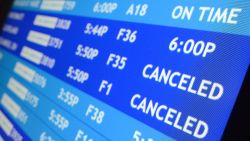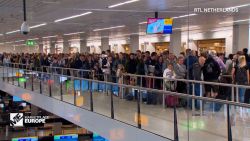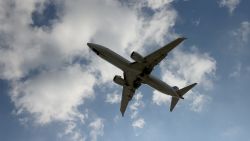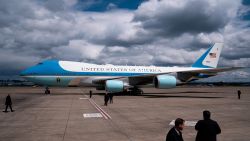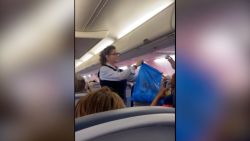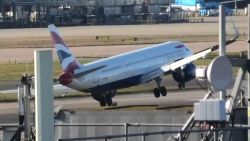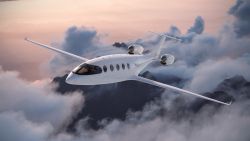Nobody knows for sure when Boeing will be able to secure approval to return the 737 Max to the skies. What’s certain is no passengers will fly in a 737 Max for quite some time.
Boeing has said it still hopes to get its fixes for the plane approved by the US Federal Aviation Administration by the end of the year. But it has been pushing back that target date continually for months, and it acknowledges the decision rests with the FAA, not with the company. The FAA has not yet given a timeline for approval.
More clarity about that approval process could come on Wednesday when FAA administrator Stephen Dickson testifies before a house committee on the agency’s oversight of the certification process. The hearing comes in the wake of report by NBC quoting a Boeing whistleblower saying that he warned the aircraft maker of problems with the plane months ahead of the crash.
Once the plane is approved to fly again by the FAA, it will still take months of additional pilot training before most of the planes are flying again on US routes. The three US carriers with the planes, Southwest (LUV), American (AAL) and United Airlines, don’t expect to increase their schedules to account for the return of the plane until at least March.
And it could be even longer before they are flying on routes in other countries, where most of them were based. The airline industry expects aviation regulators around the globe to approve process in phases — not all at once.
The delays will increase the compensation that Boeing will eventually have to pay to its airline customers, which have not been able to fly their planes since March.
The planes were grounded after two fatal crashes that killed 346 people were tied to an automatic safety feature on the jets. But Boeing continued to build the jets, at a slightly reduced pace of 42 a month. It just wasn’t able to deliver the the nearly 400 jets it has parked waiting to be delivered.
Tuesday, Boeing gave its most recent sales and delivery figures for November and for 2019. At the Dubai air show last month, Boeing received its first firm orders for the 737 Max since the grounding. But Max deliveries are down 51% this year compared to the same period in 2018. Most of the money that Boeing collects from airlines comes when the plane is delivered.
Boeing’s orders for all of its planes, including the Max, are down 66% this year. The Max accounts for most of that drop. But orders for other models also declined 14% this year.
The deliveries of the 737 Max planes that have been built since the grounding will take even longer to get in the air. Boeing has said it anticipates delays in getting those new 737 Max plains in the air will stretch into 2021.
Part of that delay is because the airlines aren’t ready to accept hundreds of additional planes at one time. But it is also because the FAA now plans to inspect each aircraft, rather than letting Boeing perform the pre-delivery checks as it has in the past.
Monday, Cai von Rumohr, one of the dwindling number of analysts with a “buy” recommendation on the stock, cut his price target by 6% because of the continued delays in getting the completed planes delivered to customers.
Rumohr said in his note to investors that the approval process could drag into January. He said the FAA’s decision to perform the pre-delivery checks suggests deliveries will resume gradually instead of in one fell swoop.
He said it’s possible that the deliveries of inventoried Max jets will go beyond 2021, perhaps all the way to mid-2022.




